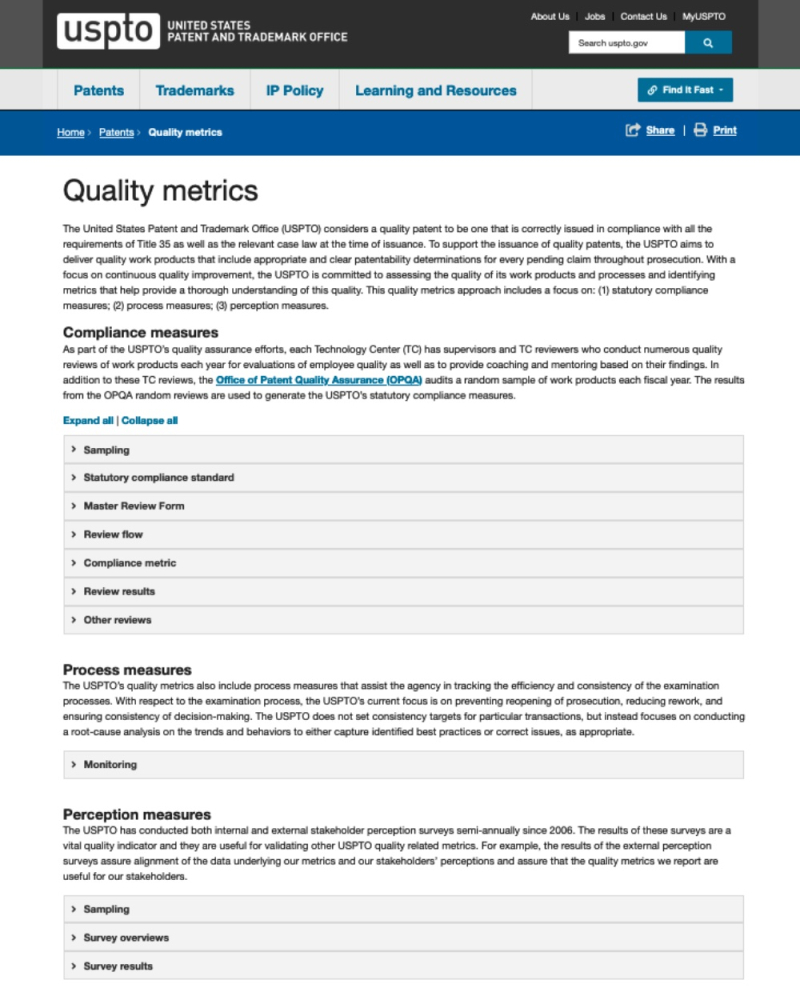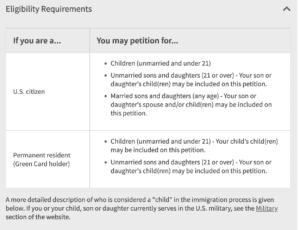The Patent Prosecution Process – Law 4 Small Business, P.C. (L4SB)
The patent prosecution process is usually quite long, arduous, and can be costly. There are three types of patents: utility, design, and plant. Plant patents are the least common and those won’t be discussed here. Utility patents protect the utility of an invention, while a design patent protects the ornamental design of an invention, but not the utility.
As with both utility and design patent applications, they are filed with the USPTO. Filing a patent application requires substantial drafting, namely in the case of a utility patent, and detailed drawings, in both utility and design patents. Once the USPTO receives the filing, they will review it. The processing time for utility patents is typically much longer than those of design patents.
When the USPTO reviews the patent application, they will usually send an office action. This is called the patent prosecution. The office action is a rejection of the application, in which you are given a deadline to provide clarification, additional information, amended drawings, etc., in order to try and make the application suitable for issue.
Oftentimes, the patent prosecution for a design patent is relatively easy and perhaps even non-existent. This is because a design patent is almost exclusively comprised of drawings, with very little else. Many times this can be easily cured with simple changes to the drawings, and the design patent will be issued.
Patent prosecution for utility patents can be much more difficult and time intensive. There can be, and many times are, multiple substantive office actions. And sometimes the patent prosecution can be more costly than the initial utility drafting and filing, not to mention the prosecution can take a very long time.
One thing for clients to consider when hiring an attorney for patent drafting and filing is what exactly is being paid for and engaged for initially. I charge a flat fee for patent drafting and filing, based on the invention’s complexity, as do many patent practitioners, but that flat fee usually only covers the initial drafting and filing. Any subsequent patent prosecution would need to be covered by a new engagement letter, which can and usually will be a year or two in the future in the case of utility patent applications. At that time, the client may wish to hire a new attorney to assist in the patent prosecution, and they are free to do so. Once an office action is received by the attorney, the client should be notified immediately and the parties can discuss how to proceed and whether the client wishes to retain the attorney for the prosecution, which may and usually does require additional attorney fees.
Once the patent prosecution is successfully completed to the USPTO’s judgment, the patent will issue. But, obviously, not responding to an office action adequately and timely will result in the abandonment to the patent application.
Patent prosecution is not to be taken lightly, and it needs to be factored in when considering whether you would like to file for a patent. The cost and time required in seeing a patent through from filing to issue needs to be considered and understood by the client from the off-set, because the initial fee paid for an application may only be the beginning of the fees you are going to need to pay to see your patent ultimately issue.
Consult with Intellectual Property Attorney today to discuss all the issues when it comes to your business.
Law 4 Small Business, P.C. (L4SB). A little law now can save a lot later. A Slingshot company.
Author: Kameron Kramer
Kameron is an experienced business law and intellectual property attorney. With a technical background gained as a chemical engineer, Kameron uses his varied skills to provide general counsel and start-up services to many local and regional companies.






